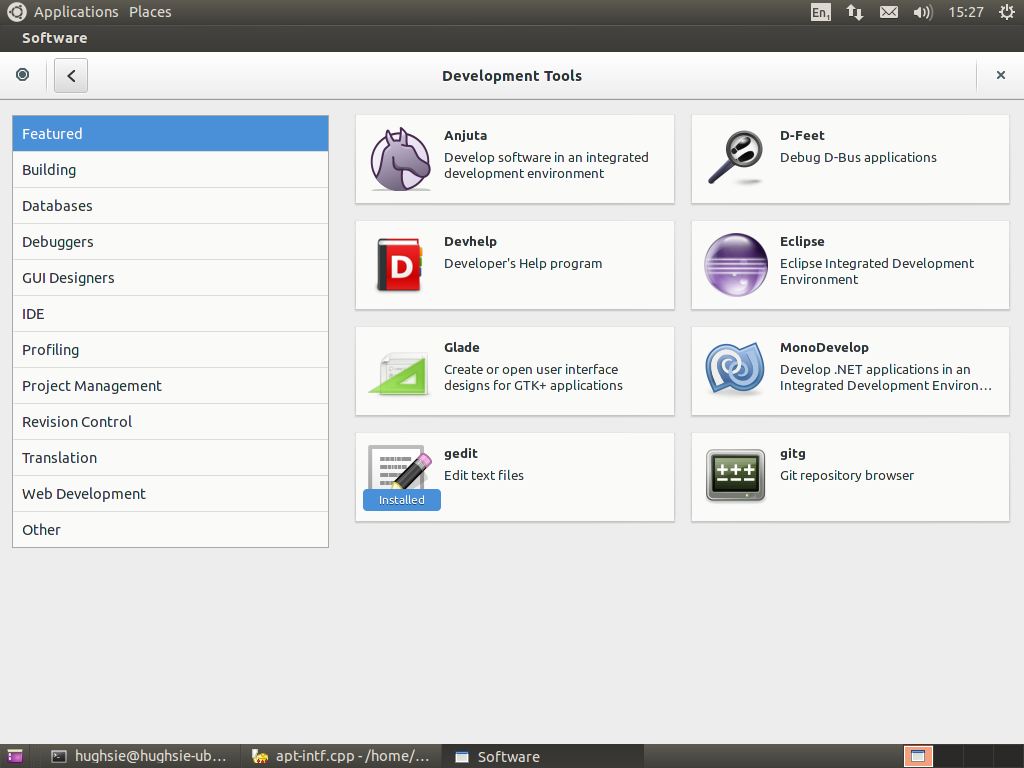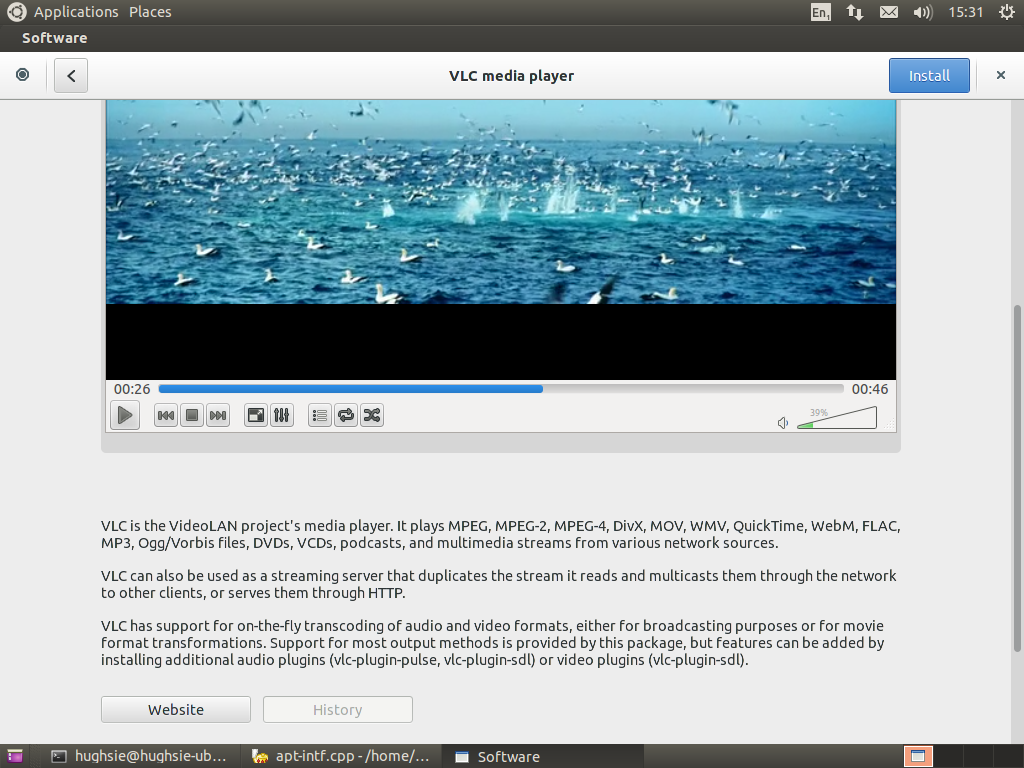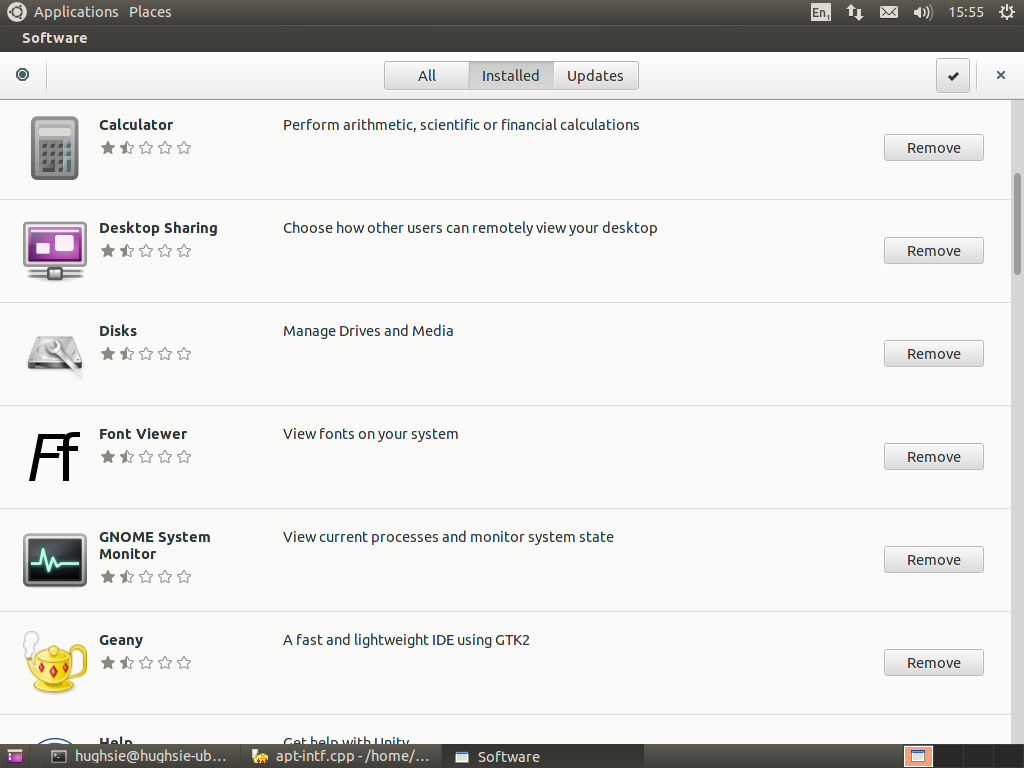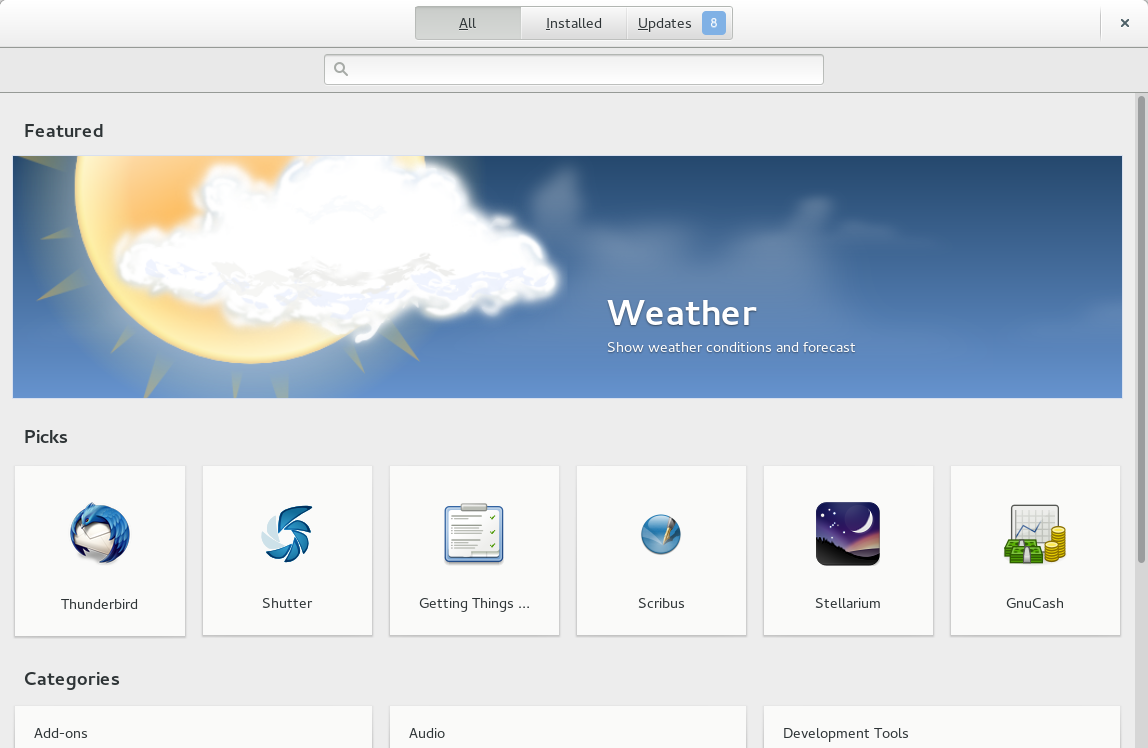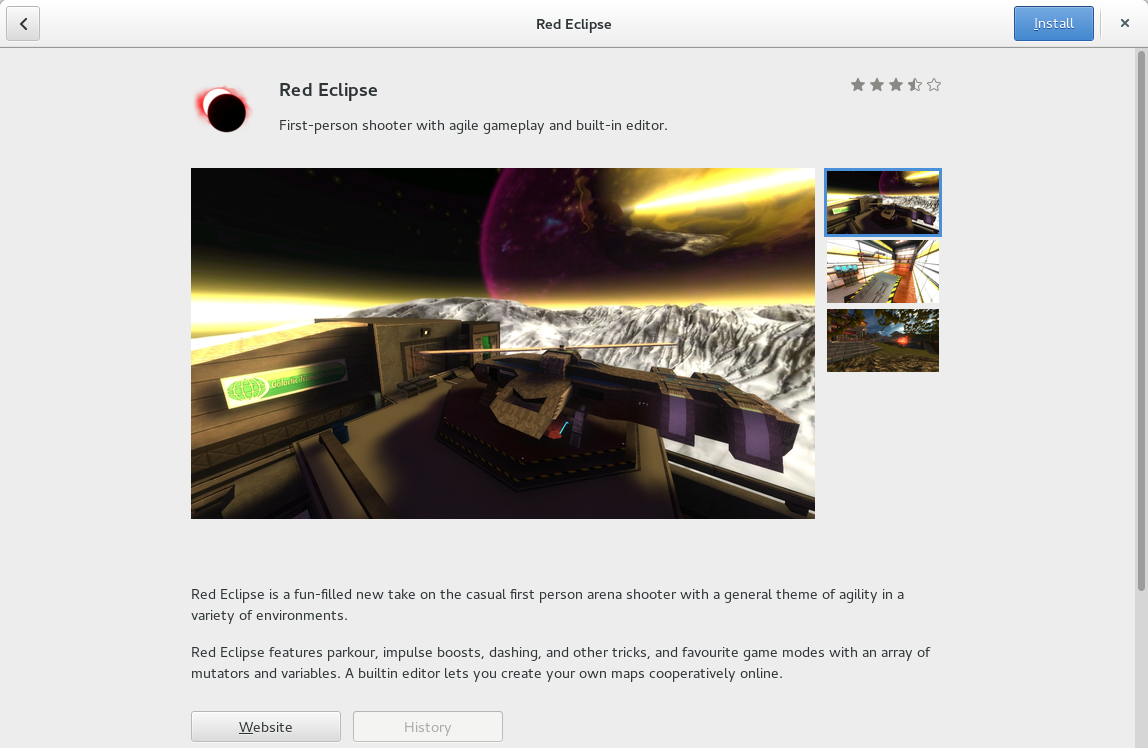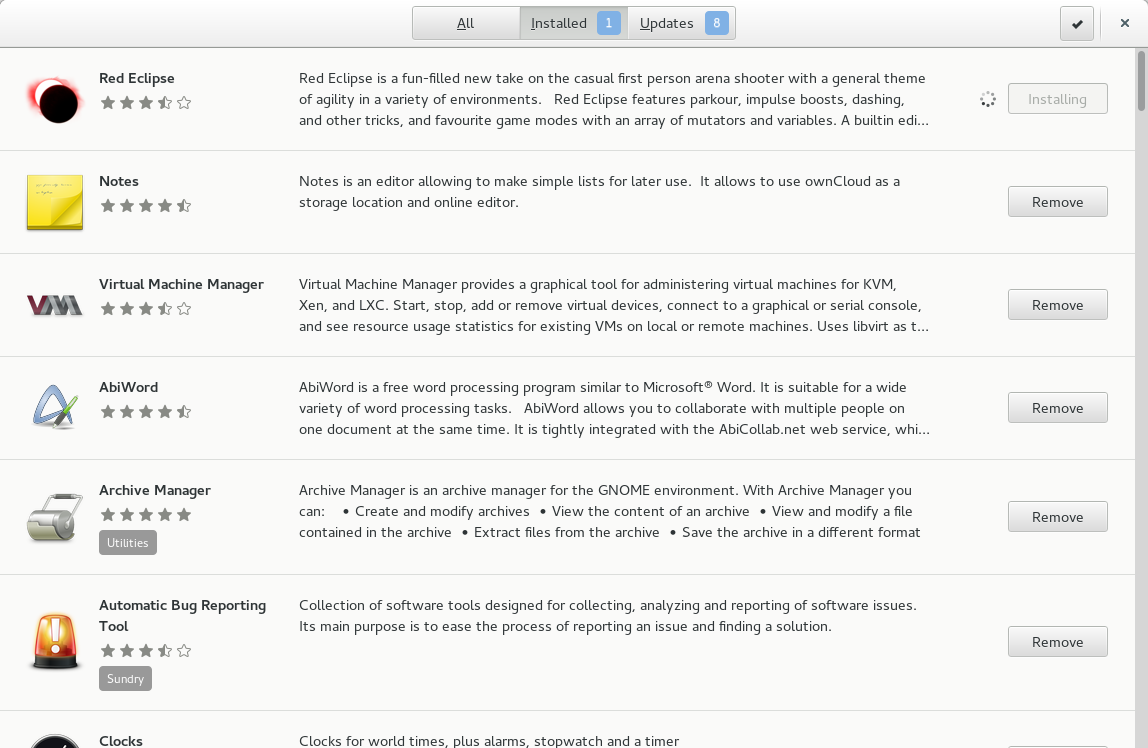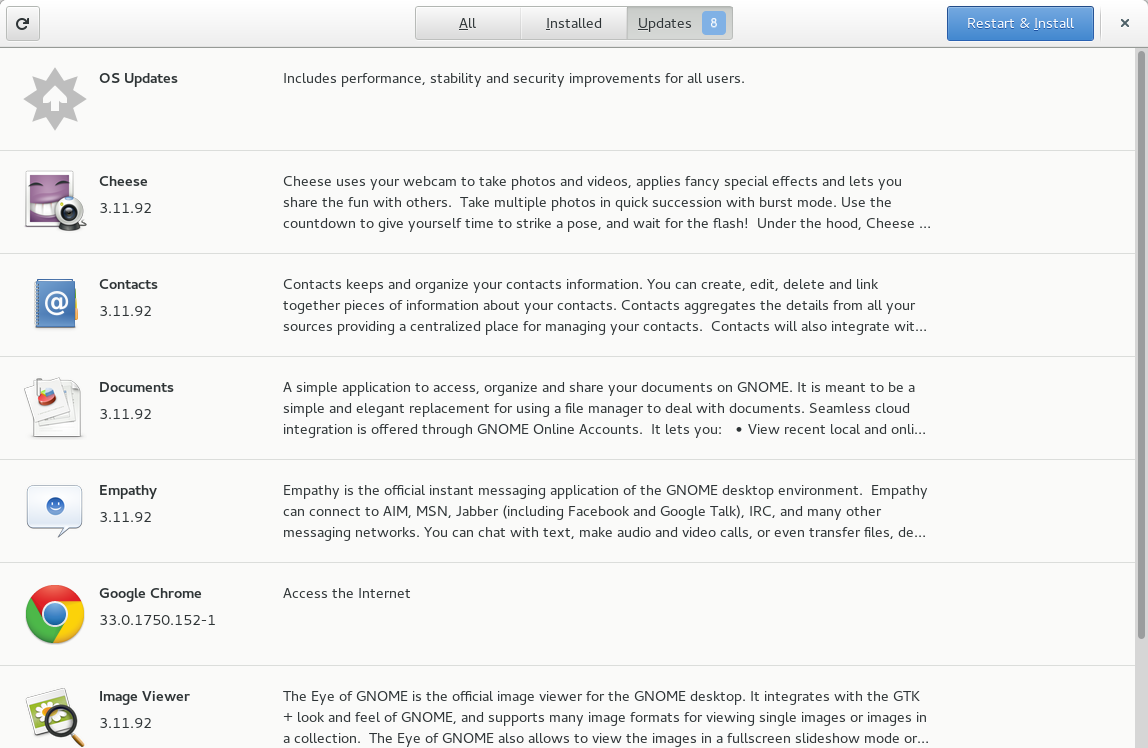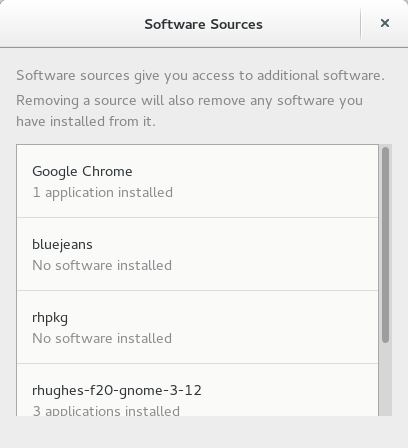In the last few days, I’ve been asking people to create and ship AppData files upstream. I’ve:
- Sent 245 emails to upstream maintainers
- Opened 38 launchpad bugs
- Created 5 gnome.org bugs
- Opened 72 sourceforge feature requests
- Opened 138 github issues
- Created 8 bugs on Fedora trac
- Opened ~20 accounts on random issue trackers
- Used 17 “contact” forms
In doing this, I’ve visited over 600 upstream websites, helpfully identifying 28 that are stated as abandoned by thier maintainer (and thus removed from the metadata). I’ve also blacklisted quite a few things that are not actually applications and not suitable for the software center.
I’ve deliberately not included GNOME in this sweep, as a lot of the core GNOME applications already have AppData and most of the gnomies already know what to do. I also didn’t include XFCE appications, as XFCE has agreed to adopt AppData on the mailing list and are in the process of doing this already. KDE is just working out how to merge the various files created by Matthias, and I’ve not heard anything from LXDE or MATE. So, I only looked at projects not affiliated with any particular desktop.
For far, the response has been very positive, with at least 10% of the requests been actioned and some projects even doing new releases that I’ve been slowly uploading into Fedora. Another ~10% of requests are acknowlegdments from maintainers thay they would do this sometime before the next release. I have found a lot of genuinely interesting applications in my travels, and lot of junk. The junk is mostly unmaintained, and so my policy of not including applications (unless they have AppData manually added by the distro packager) that have not had an upstream release for the last 5 years seems to be valid.
At least 5 of the replies have been very negative, e.g. “how dare you ask me to do something — do it yourself” and things like “Please do not contact me again – I don’t want any new users“. The vast number of people have not responded yet — so I’m preparing myself for a deluge over the next few weeks from the people that care.
My long term aim is to only show applications in Fedora 22 with AppData, so it seemed only fair to contact the various upstream projects about an initiative they’re probably not familiar with. If we don’t get > 50% of applications in Fedora with the extra data we’ll have to reconsider such a strong stance. So far we’ve reached over 20%, which is pretty impressive for a standard I’ve been pushing for such a short amount of time.
So, if you’ve got an email from me, please read it and reply — thanks.
